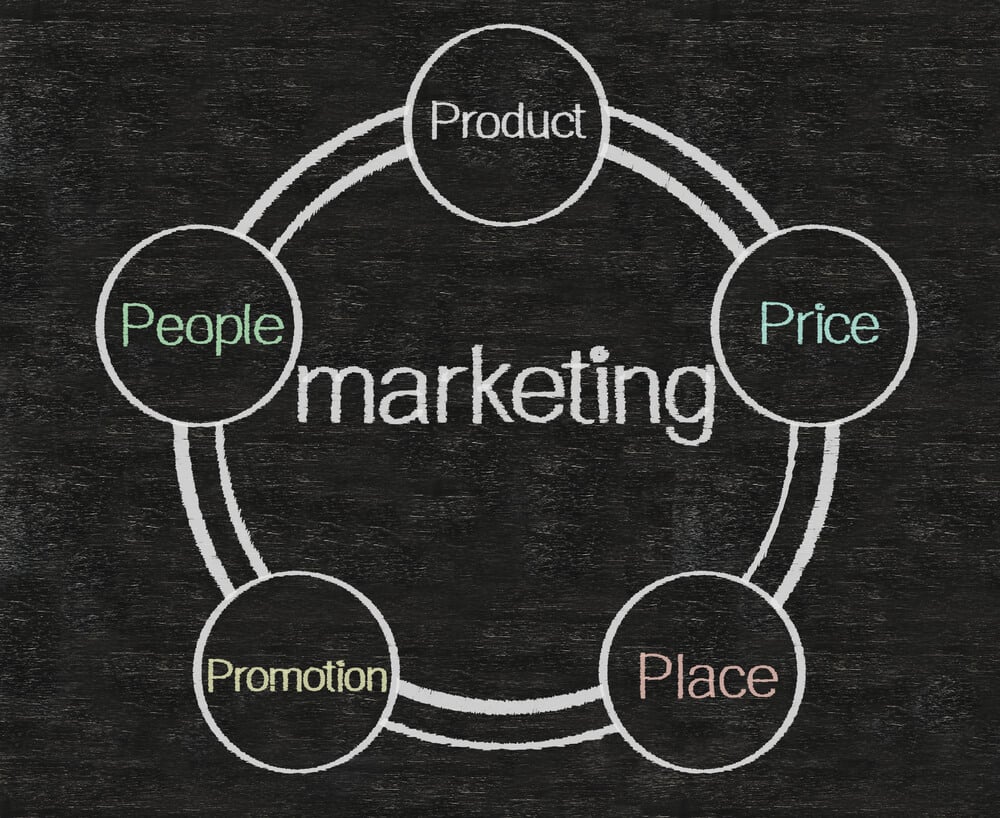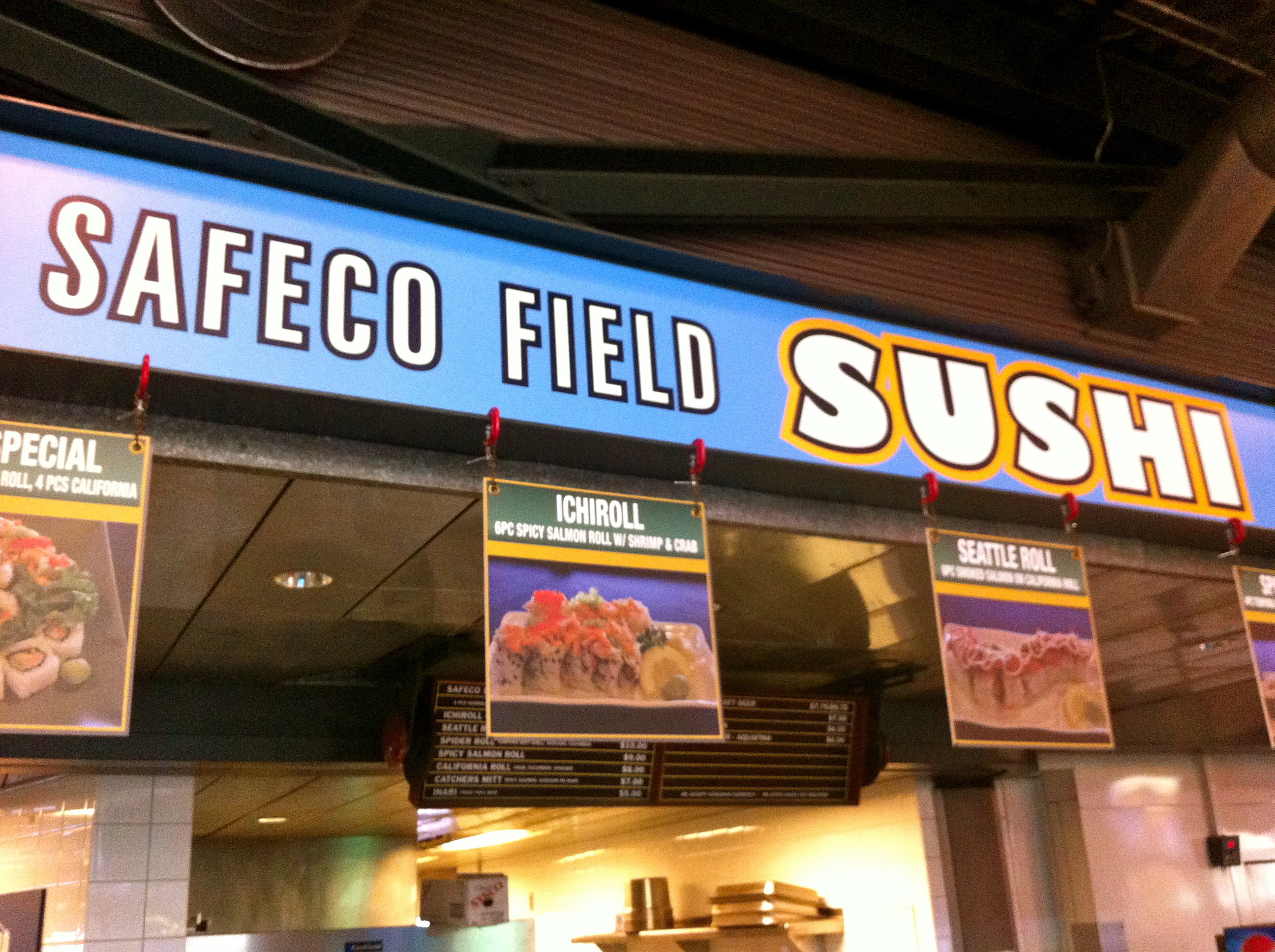Matthew Hipple
5/9/2019
Asian American Pop Culture Studies
Final Paper
Ichiro Suzuki is the most marketable Asian Athlete of all time. He is an inspiration to millions of people and he is one of the most influential athletes of any sport in history. There are many different traits that make an athlete marketable, and Ichiro exemplifies a lot of these different traits that made him one of the best Asian American athletes of all time. He had the opportunity to be a star here in America and Japan because he was able to be marketed in both countries and that significantly made him a bigger star. If you want an overview of why he was one of the best of all time, here is a summary of his life and stats in baseball to back up these claims. https://www.britannica.com/biography/Ichiro-Suzuki
There is a lot he had to overcome when he transitioned from Japanese baseball to American baseball due to the differences in the culture and the differences in the game. In Japanese baseball, the ball itself is larger and harder than the baseballs used in America. There are only twelve teams in the Japanese league as opposed to thirty teams in the American version of baseball. This is significant because with fewer teams, you are more likely to recognize who you are playing because there are so few teams. In America, it is more difficult to do because there are so many more teams that have to be prepared for and it is tougher to study all the different teams. In Japan players usually play for one team their whole career while in American baseball players are often traded and play for different teams. This is significant because in Japan Ichiro only played for Orix Bluewave, but in the MLB he played for the Seattle Mariners, the New York Yankees, and the Miami Marlins. Here are some highlights of his time when he played in Japan for the Bluewave.
Another big difference is the fact that in America, fans will boo and heckle players of the opposing team to distract and harass them. In Japan, the fans are more respectful of the players. “Stadium seating at Japanese baseball games is segregated by team, and you are not allowed to wear the opposing team’s colors when sitting in a designated fan area. One positive aspect, however, of seating all a team’s supporters together is that it makes it easier for fans to cheer on their team in unison. Japanese baseball fans even have dedicated chants and cheer songs that they sing for every player in the lineup.” (7 Ways Japanese Baseball Is Different from American Baseball).
So what exactly makes an Athlete marketable? According to the book Sports Marketing: The View of Industry Experts by Daniel Bruton, there are the five P’s to athlete marketing. “Product, Price, Place, Promotion, and Progress.” (Page 64). The product is the athlete and how their image would help sell the product. There have many examples of this in history with the most famous being the George Foreman grill, which has sold over 100 million units since it was put on the shelf’s. Price is how much money will the athlete gain from giving their image to the product and payment can either take the form of money or free product. Place refers to whether the product is a good fit for the person endorsing it. It has to make sense for the company and the athlete endorsing the product to be beneficial for both sides. Promotion is how the company goes about using the athlete to promote their product whether that is through television commercials or printed ads in a magazine. Progress is the relationship between the brand and the person endorsing their product. If the relationship stays well, then the promotion will keep having the athlete endorse further products. If the relationship ends, then they will both part ways and the athlete will no longer be affiliated with that company.

There are many factors to consider besides just those five P’s listed in the book. You have to look at the person’s reach ability to markets and how much sway the person has. Ichiro is a cultural icon in Japan due to his success in baseball so he has a lot of reach ability because he can reach fans here in America and his home country of Japan. Other factors such as interaction with fans and the media perception of someone should also be taken into account. Social Media can also be a factor with engagement because through social media athletes can directly talk to fans and endorse certain products that those same fans might then buy because their favorite athlete is using the product.
Ichiro had the distinction of being the first Japanese position player to play in the MLB. Other Japanese players had played before him, such as Hideo Nomo and Kazuhiro Sasaki, but they were all pitchers. The impact he had culturally on the game of baseball cannot be understated. “The nonstop flow of Japanese visitors to Safeco Field for shopping and guided tours, at a time when the stadium is empty and spring training has just begun in Arizona, testifies in large part to the enduring star power — and profitability — of Ichiro.” (Ichiro Inc.: The M’s true impact player). He attracted a lot of interest from the Asian culture and it helped that he played for the Seattle Mariners because Seattle has a large Asian population.
A lot of tourists enjoyed going to the game and watching him play. It helped that he was very good and arguably the best player on the Mariners while he played there. “The full value of Ichiro to the Mariners franchise is incalculable. But several figures provide an informative glimpse. Ichiro’s business empire includes a four-year, $44-million contract with the Mariners, $10 million worth of commercial endorsements, and a book, “Ichiro on Ichiro,” which has 20,000 copies in print selling for $23.95 apiece. Ichiro is also front and center for the Mariners’ marketing and advertising campaign, and thus he’s closely tied to ticket sales. Ichiro’s popularity in Japan was one of the key factors in Major League Baseball’s $275 million deal to broadcast games in that country. And Ichiro continues to draw Japanese tourists to Seattle; 81,000 visited last year.” (Ichiro Inc.: The M’s true impact player). Drawing in that many people is a testament to how popular Ichiro is in the Asian community that when people visit Seattle they would want to go and watch him play.
Ichiro generated a ton of money for himself and his team because his likeness was used for so many things by the Mariners. “Since joining the Mariners in 2001, the Japanese hitter has become a major revenue generator — for his team, for Major League Baseball, and for himself. His remarkable business impact spans everything from Mariners advertising, ticket sales and corporate sponsorship’s to Japanese broadcasting deals, tourism, publishing and merchandise. Even the sushi sold at Safeco bears his name in the form of the “Ichiroll.”” (Ichiro Inc.: The M’s true impact player). He was a key factor in the games being shown in Japan and was on a level comparable to Michael Jordan. “All Mariners home games are broadcast in Japan, and MLB sells highlight-reel packages to television networks there. TV stations have been known to interrupt their programming to give updates on Ichiro’s daily performance during the season.” (Ichiro Inc.: The M’s true impact player).

Works Cited
Bagarino, Christine. “7 Ways Japanese Baseball Is Different from American Baseball.” Culture Trip, 1 Mar. 2018, theculturetrip.com/asia/japan/articles/7-ways-japanese-baseball-is-different-from-american-baseball/.
Britannica, The Editors of Encyclopaedia. “Ichiro Suzuki.” Encyclopædia Britannica, Encyclopædia Britannica, Inc., 22 Mar. 2019, www.britannica.com/biography/Ichiro-Suzuki.
Bruton, Daniel J. Sports Marketing the View of Industry Experts. Jones & Bartlett Learning, 2016.
Colleen. “Difference Between.” Difference Between Similar Terms and Objects, 25 Dec. 2010, www.differencebetween.net/miscellaneous/difference-between-american-and-japanese-baseball/.
Engleman, Eric. “Ichiro Inc.: The M’s True Impact Player.” Bizjournals.com, 27 Feb. 2005, www.bizjournals.com/seattle/stories/2005/02/28/story1.html.
“Ichiro Suzuki – Japan Highlights.” YouTube, YouTube, 19 May 2017, www.youtube.com/watch?v=ZBhxpXtgcZY.

I didn’t know that they sectioned seating like that in Japan, so that was neat to learn!
I noticed that you included a lot about how he attracted a lot of Japanese tourists and then a bit about how Seattle has a large Asian population, so were most or all of those tourists coming from local areas around Seattle? Or did you mean that tourists were coming from Japan to see him? Or both? Maybe you can elaborate a little bit more on that in your next draft, if you weren’t planning on it already.
This is really good so far though! Good job!
It’s such a simple concept, but the idea that Japanese baseball is different than American baseball had never even occurred to me. Illustrative of the sorts of obstacles people have to face in coming to America and adjusting to the way of life here, struggles that most Americans are completely ignorant to.